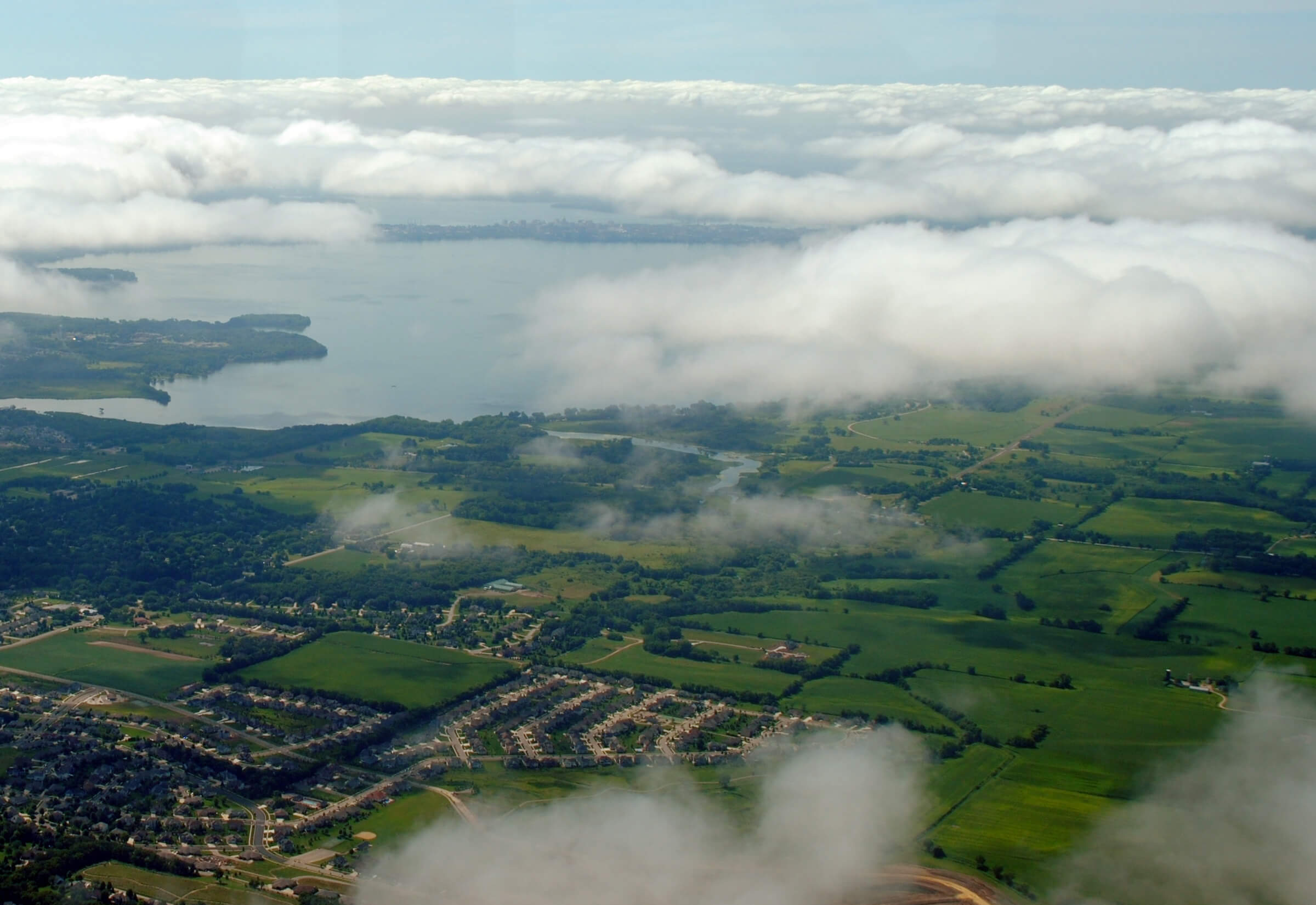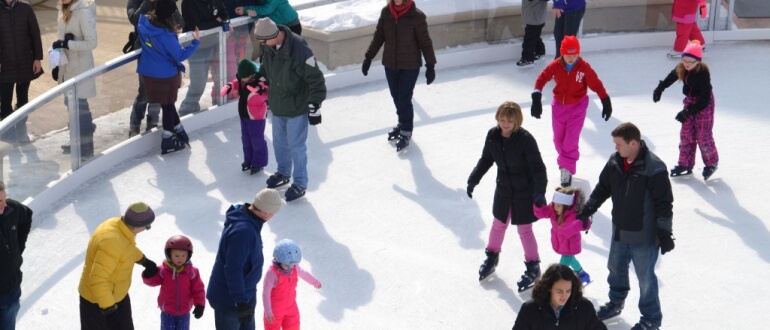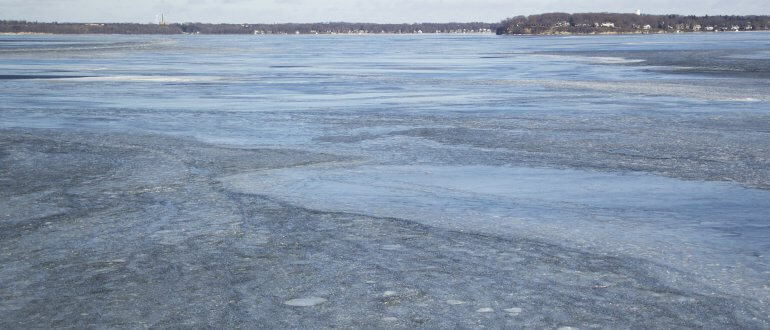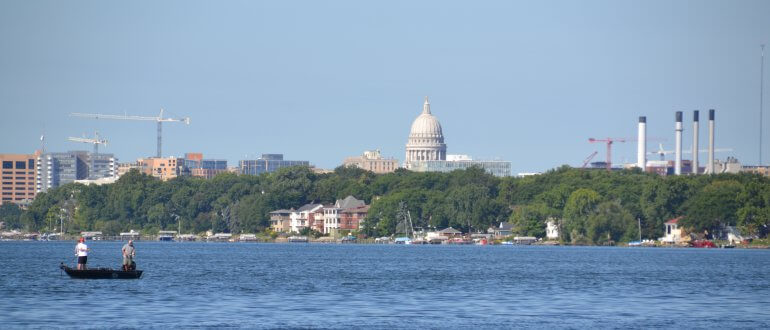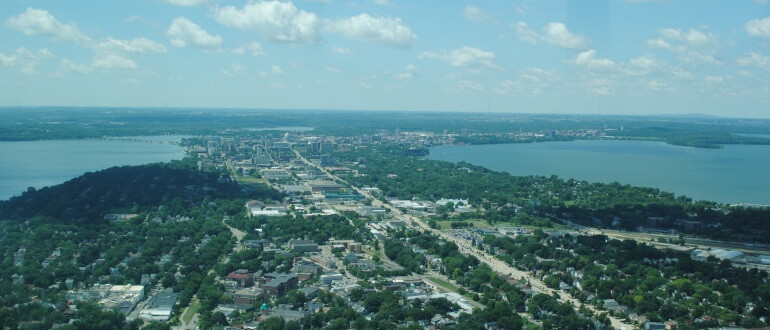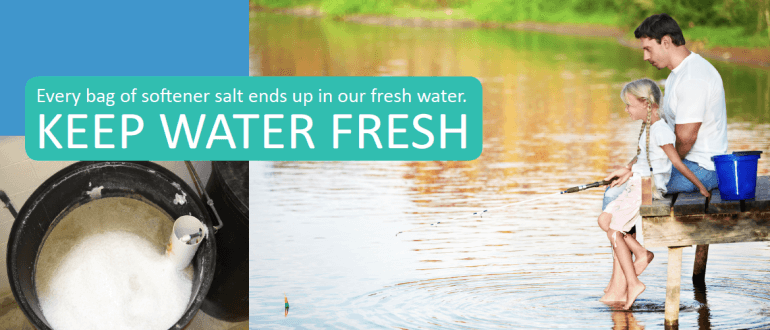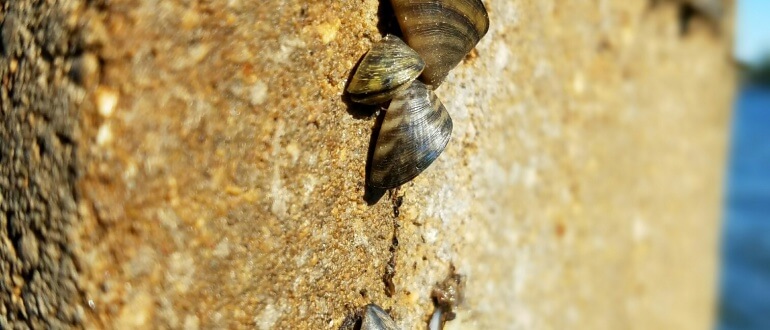Partners divert 13,600 pounds of phosphorus from our lakes in 2016
Message from Clean Lakes Alliance for the 2016 State of the Lakes Annual Report
Seven years ago, our community came together and formed an alliance to improve the health of our lakes. Together, we are reigniting a movement to revitalize our lakes and beaches. Driving the movement is a vision in which the lakes are the center of our community.
Today, citizens, businesses, government agencies, scientists, policymakers, and farmers are working as one to advance new and common-sense solutions. Just look at what we’ve already accomplished together.
